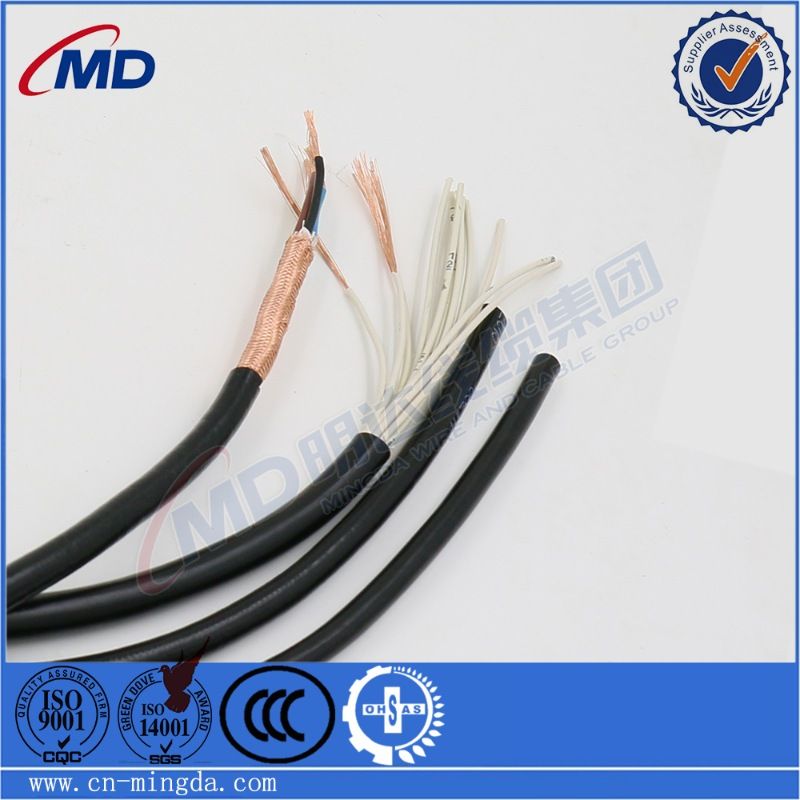Electrical control cables are utilized to interconnect electrical devices for automation and control purposes. These cables are critical in industries such as manufacturing, energy, transportation, and construction. They ensure that signals are accurately transmitted, facilitating the smooth operation of complex systems.

Multi-conductor control cables consist of several conductors, each insulated from one another, and enclosed in a single jacket. These cables are ideal for transmitting multiple signals from one location to another.
Applications: Used in industrial control systems, machinery, and conveyor systems.
Features: Offers flexibility, ease of installation, and resistance to environmental factors.
Paired control cables consist of two insulated conductors twisted together to form a pair. These pairs are often shielded to minimize interference and crosstalk.
Applications: Commonly used in data transmission, communication systems, and low-voltage control circuits.
Features: Enhanced signal integrity, reduced EMI, and better performance in noisy environments.
Shielded control cables include an additional layer of shielding, which can be made from materials such as aluminum foil or braided copper.
Applications: Ideal for environments with high levels of EMI, such as near heavy machinery and electrical equipment.
Features: Provides superior protection against interference, ensuring reliable signal transmission.
Armored control cables are designed with an additional layer of metal armor, providing extra mechanical protection.
Applications: Suitable for underground installations, harsh industrial environments, and areas prone to physical damage.
Features: High durability, resistance to physical impacts, and protection against rodents and other potential threats.
Flexible control cables are constructed with materials and designs that allow for greater flexibility and movement.
Applications: Used in applications requiring frequent movement or flexing, such as robotics, automated machinery, and cable tracks.
Features: High flexibility, resistance to bending and twisting, and long service life in dynamic applications.
Instrumentation control cables are specifically designed for the transmission of low-level signals in measurement and control applications.
Applications: Widely used in process control, instrumentation systems, and data acquisition.
Features: High accuracy in signal transmission, low noise levels, and robust construction to withstand industrial environments.
The environment in which the Power cable will be installed is a critical factor. Considerations include exposure to moisture, chemicals, temperature extremes, and physical wear and tear.
Evaluate the voltage, current, and signal type requirements. Ensure the chosen cable meets the electrical specifications of the application.
Assess the mechanical properties such as flexibility, tensile strength, and abrasion resistance, especially for applications involving movement or mechanical stress.
Ensure the selected cables comply with relevant industry standards and certifications. This guarantees safety, reliability, and performance.
Electrical control cables are vital components in modern industrial and commercial systems, providing the necessary connectivity for control and automation. Understanding the different types of control cables and their specific features allows for informed decision-making, ensuring the selection of the right cable for each application. By considering factors such as environmental conditions, electrical requirements, and mechanical properties, you can enhance the efficiency and reliability of your systems.
Copyright:@2020-2021
Comments Please sign in or sign up to post.
0
0 of 500 characters used